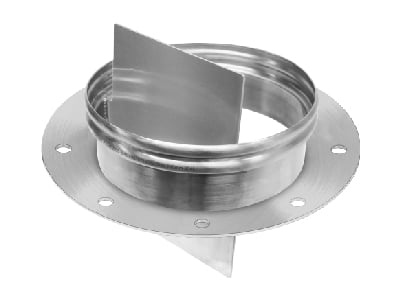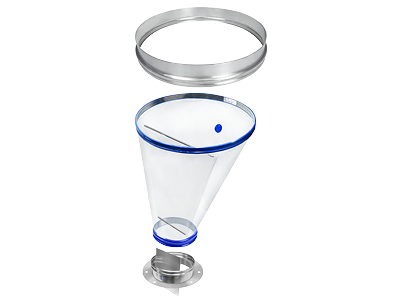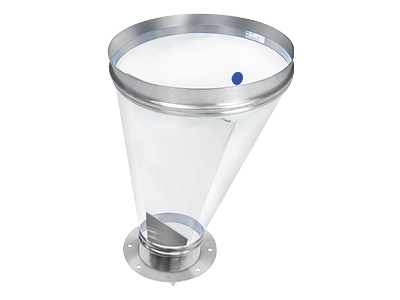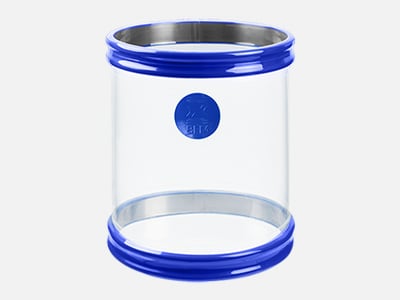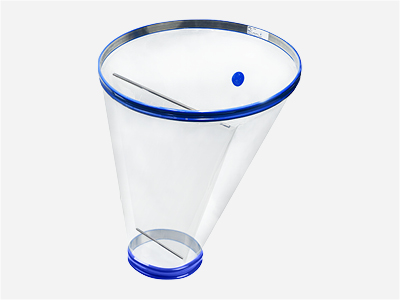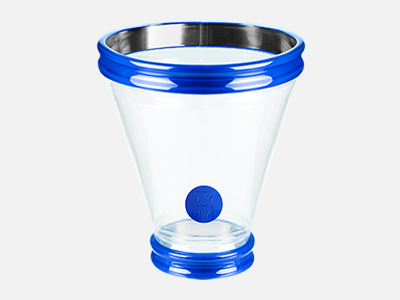The Surge Hopper Spigot is available in Stainless Steel T304L and T316L and is custom-made with a 4mm outer flange (DIN or ANSI) and internally welded weir.
It is designed to fit with the Venting Surge Hopper to allow product flow down one side, and displaced airflow up and out the other to help prevent bridging.
The larger side/gap of the partition is where the product passes through.
Application
- The Surge Hopper Spigot is designed to go on the small tapered end of a BFM® Venting Surge Hopper.
- Ideal for use above rotary valves, or below a Bulk Bag Loading head.
- The tail of the spigot and the internally welded weir can be easily cut down or cut on an angle to suit your existing pipework.
